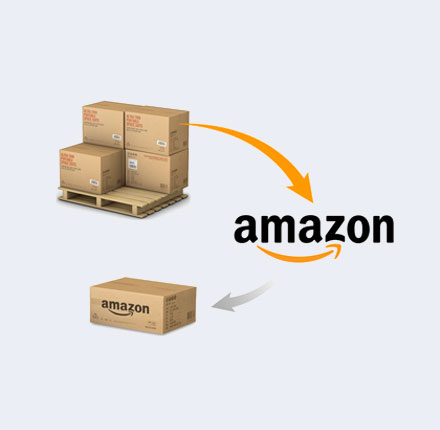Facebook is a newly developed advertising tool with the unique ability to target people based on a variety of demographics, interests, behaviors, and more. This makes Facebook a very powerful tool when trying to reach a specific target audience without the use of keywords. Although the Facebook advertising interface makes it very easy to choose an audience, there are a few nuances you need to know before launching your first campaign.
The Basics
The first thing you should be aware of is the different kinds of targeting options Facebook provides. There are 7 different ways to segment an audience in Facebook:
1. Demographics
2. Custom audiences
3. Age
4. Gender
5. Interests
6. Behaviors
7. Connections.
Each of these different targeting segments refines your audience in a unique way, and using combinations of these segments will allow you to select the audience you desire.
The most basic forms of targeting are location, age, gender, and demographics.
Location
Selecting an audience by location is rather self-explanatory. Facebook provides the option of targeting by countries, states, cities, and zip codes. You can pinpoint a geographical location and set a targeting radius around that point. You can choose to target all the people in a certain location, all the people who live there, people who were there recently, and people passing through. Location targeting is very useful for local businesses, as there will be no wasted budget spent on people too far away from your business.
Demographics
When targeting using demographics, you are able to select an audience you are able to target education levels, specific schools, fields of study and specific graduation years. These additional demographics give the ability to further refine your target audience.
Age and Gender
Age and Gender targeting simply allow you to target specific age ranges and genders. This can be useful when your product or service only applies to certain segments of an audience. There is also a language targeting option provided by Facebook that allows you to target speakers of a specific language.
Facebook Targeting
Facebook also provides more detailed targeting options such as interest targeting, behavior targeting, and connection targeting. Simply put, interest targeting is determined by what individuals share on their page, the apps they use, what pages they like, and other determining elements. This includes individual’s jobs, fitness interests, sports interests, entertainment interests, business interests and more. These interests can be specific or general in nature. That determination is up to you.
Behavior Targeting
Behavior targeting is a targeting option determined by certain actions a user takes on and off Facebook. These actions include user’s device preferences, purchasing trends, traveling history, automotive preferences and more. This kind of targeting is particularly useful if you want to target users who may not have “liked” a certain page or post, but whose behaviors on or off the web have landed them in these particular categories. Often, Facebook’s trusted third party providers determine this information.
Connection Targeting
Lastly, we have connection targeting. Connections targeting is used to target individuals who have some form of connection with your page. For example, you can target everybody who has liked your page or you could exclude these people from your targeting. You can also target friends of friends using this function.
How to Use All of These Targeting Functions
Now that we have covered the different ways or targeting segmentation in Facebook, I would like to discuss how to narrow your audience to reach just the people you want. To do this, click the narrow audience option in the detailed targeting section when defining your audience. When you select this option, another detailed targeting input box appears. Your target audience will now have to match one of your selections from the first detailed targeting box and, at least, one from the second detailed targeting box. There is also an option to exclude people if you wish to narrow your selection further and better refine your audience to eliminate waste.
Best Practices for Selecting Your Audience
When selecting your audience, it is best to spend time selecting and deselecting particular interests and behaviors to see how the audience definition changes. By monitoring the potential reach of your target audience, you will be able to determine if your campaign will reach the correct amount of people you wish to target.
Once you have determined your audience, make sure to save your selection. This is valuable later down the road if you choose to split test, you will then be able to select your saved audience and make minor adjustments to better determine what works best for you.
Now that you have selected a target market it is time to create your ads. If the target market you have created is not performing well or you need help with the process in any way, contact the experts at Optimum7 today!





